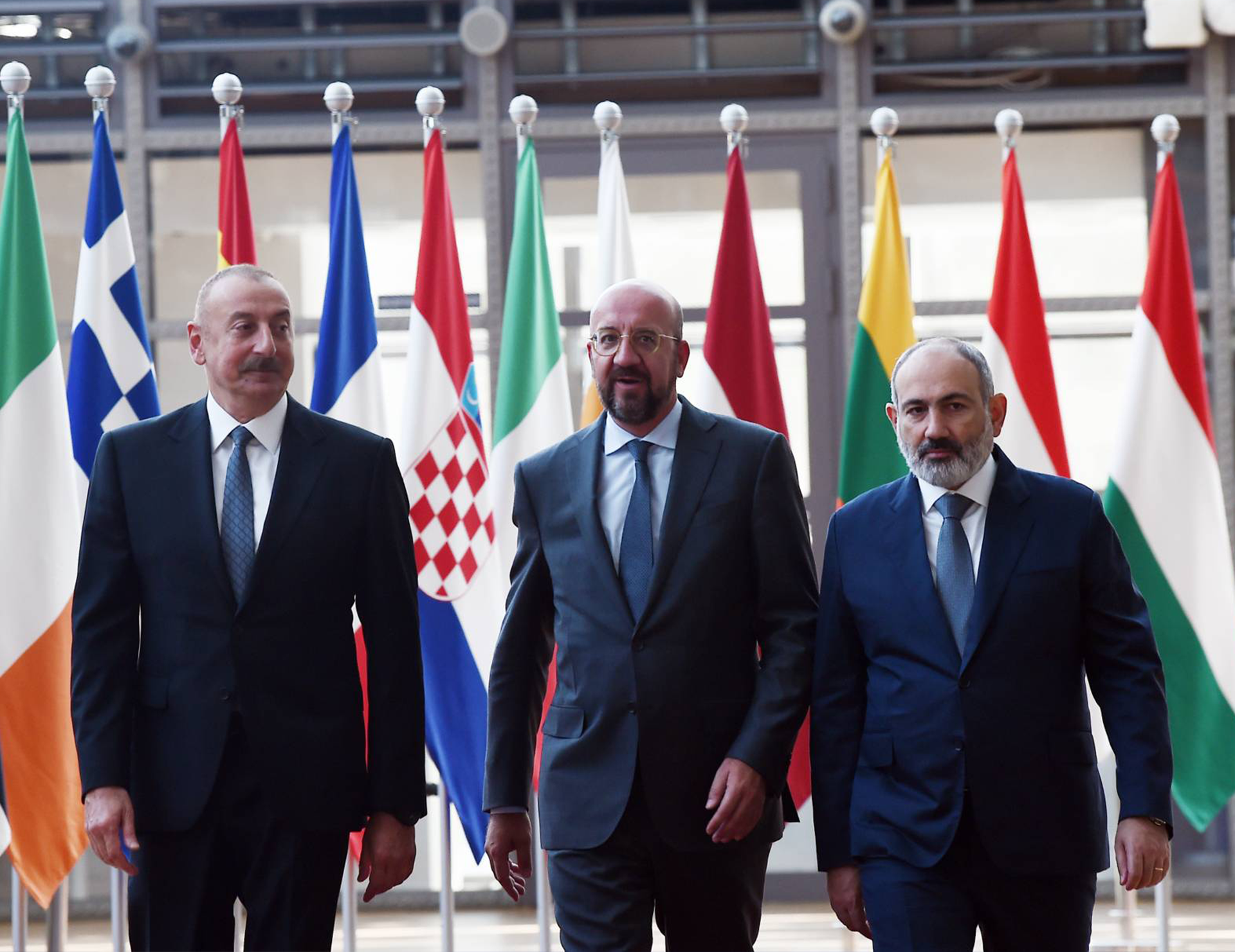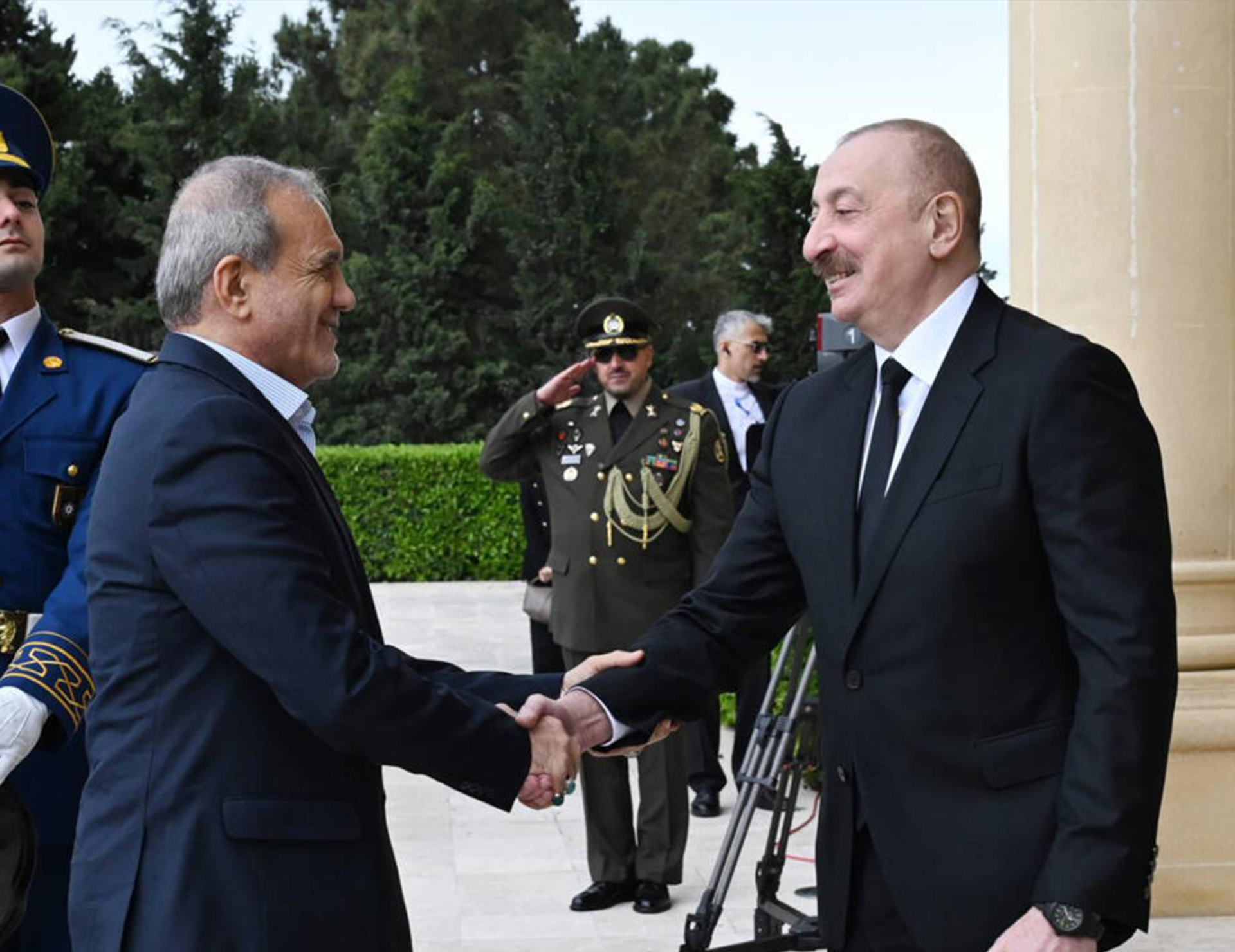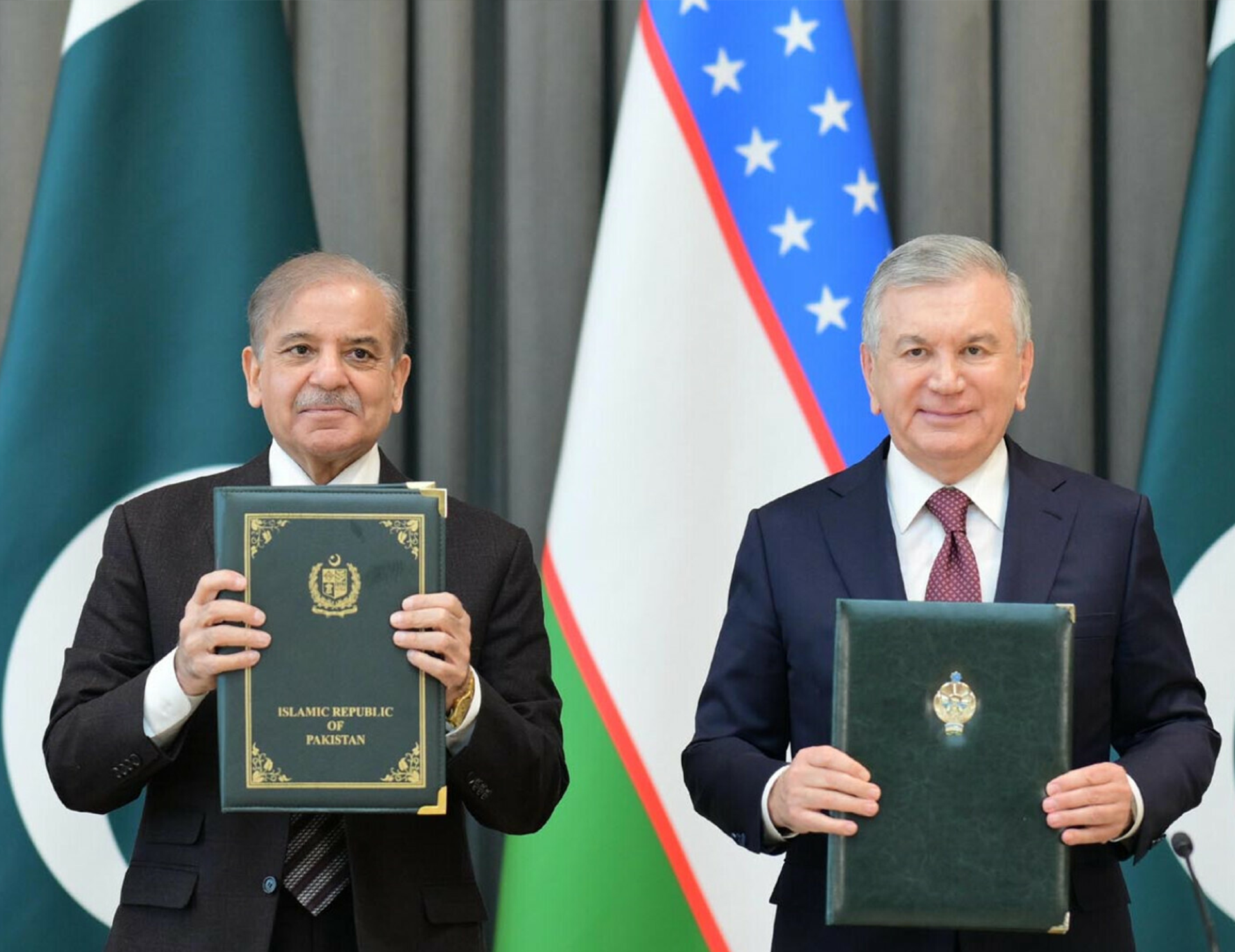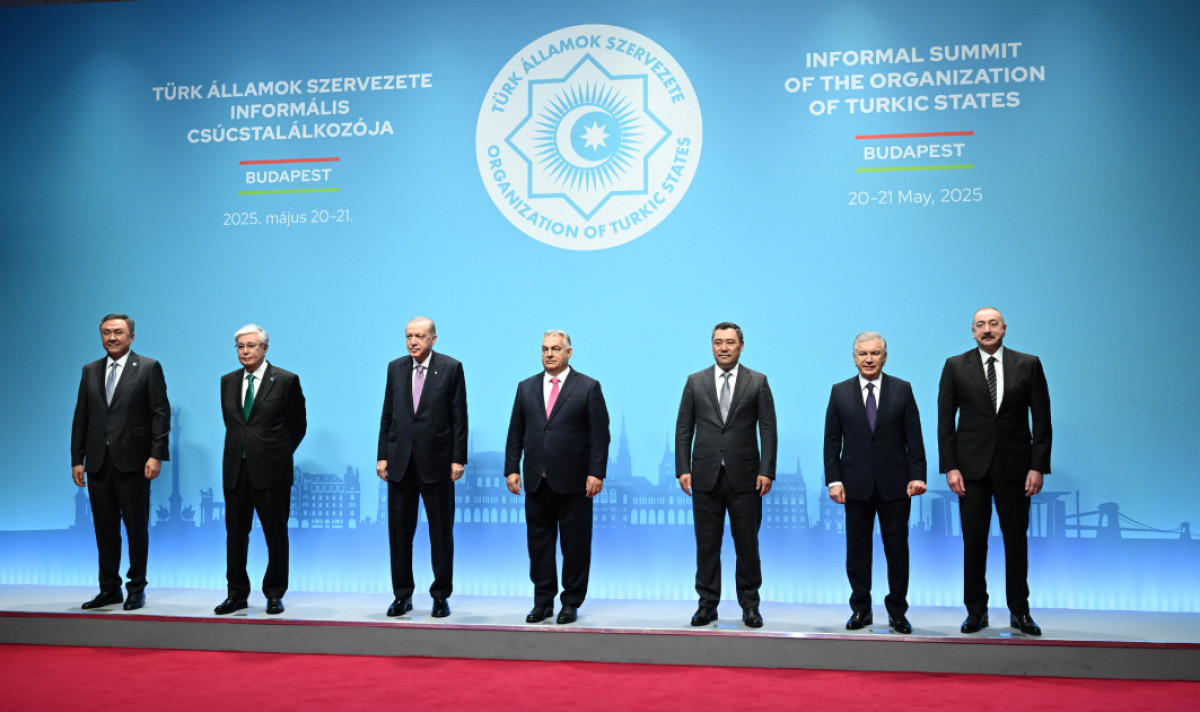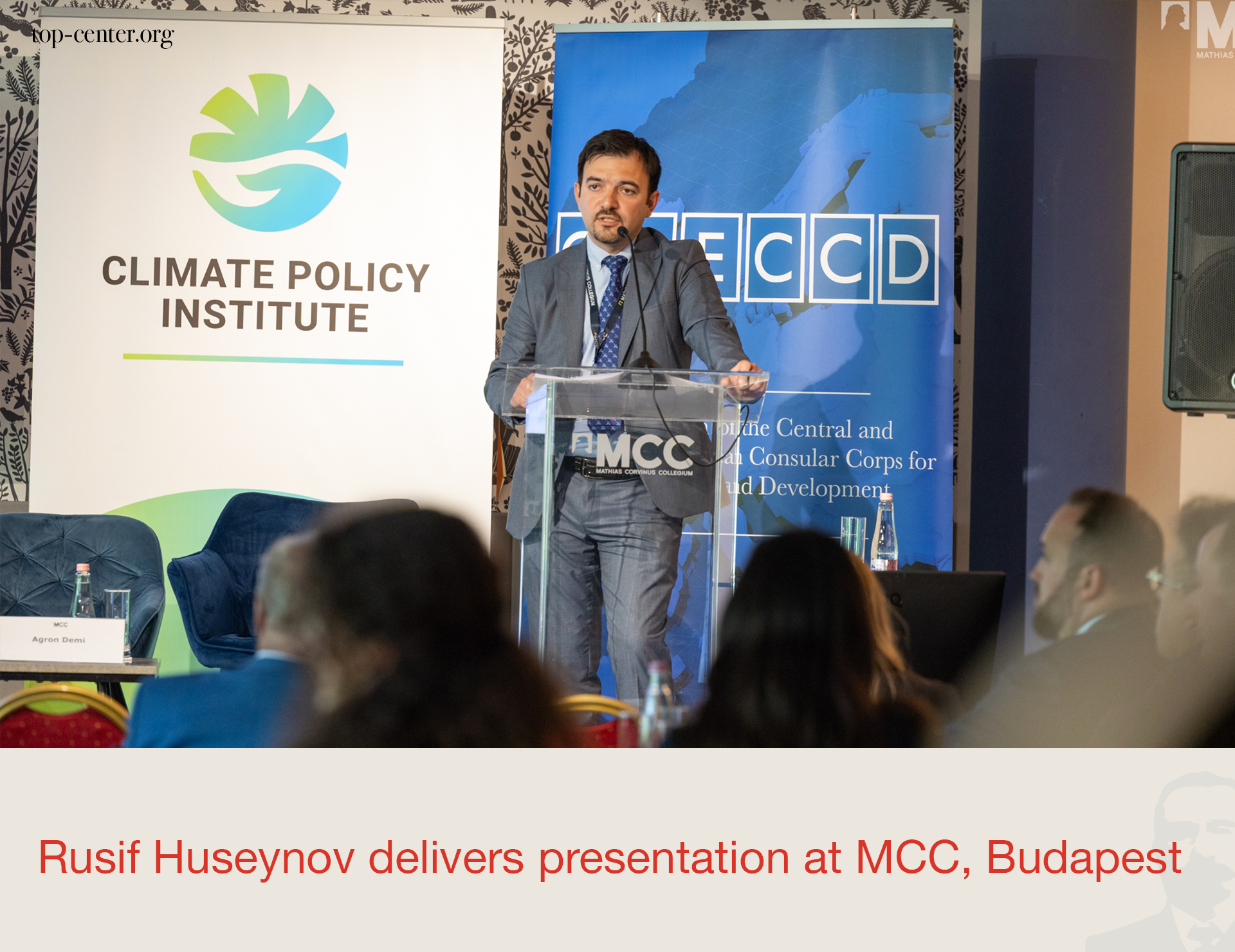Since 2020, the peace negotiations between Armenia and Azerbaijan have faced persistent challenges, with various mediation efforts—spanning Washington, Brussels, and Moscow, which have all collapsed by mid-2023. In fact, there is a deeper crisis in the peace process: despite attempts at bilateral talks and suggestions for Georgia to step in as a regional mediator, as well as a recent agreement to exclude a contentious issue concerning regional communication from the discussions, the prospect of a signed peace agreement remains blurry.
The stagnation in the signing of the peace agreement not only impacts the regional cooperation, economic opportunities, and potential benefits but also stifles the efforts of civil society in both Armenia and Azerbaijan. The deadlock has created an atmosphere of uncertainty, where civil societies – once hopeful and more open for collaboration – are now in a waiting mood. One can say that cross-border cooperation is steadily diminishing. The longer this deadlock persists, the greater the risk that the Azerbaijan`s and Armenia`s civil societies will become disengaged, which, in turn, may further complicate the path to a trust building and reconciliation.
Despite the current stagnation, 2024 has been somewhat a productive year with significant progress achieved in terms of various agreements between the two states. However, challenges remain that obstruct the signing of a peace agreement. The primary issue now is Azerbaijan’s insistence that Armenia amend its constitution to renounce claims to Azerbaijani territory. This demand continues to be a major impediment to finalizing the peace deal. Along with Track 1, there is stagnation on Track 2 as we can see that previously, there was a bigger participation of civil society through dialogues and cooperative initiatives. Now, it appears as though there is a collective pause, with all eyes on the outcomes of these high-stakes negotiations, waiting to see what moves to make next.
Instead of passively waiting for a peace agreement to be signed by the officials, civil society must take an active role in laying the groundwork for reconciliation. Civil society’s role is critical; it must actively engage in reconciliation efforts even in the absence of a formal agreement. History shows that a signed peace agreement does not automatically lead to trust or reconciliation between communities. These are long-term, dynamic processes that require huge efforts over decades. Healing the deep-seated traumas and rebuilding trust between Armenian and Azerbaijani societies will not happen overnight. Civil society organizations and grassroots leaders must work together, even in the absence of a formal agreement and their cooperation now is even more pivotal. By doing so, they can create the social and cultural foundations necessary for true reconciliation, so that when a peace agreement is eventually reached, it will be more than just a piece of paper; it will be the beginning of a lasting and meaningful peace between the two nations.
Civil society can cooperate in several areas, including cross-border dialogue, supporting trauma healing, and creating platforms for civic engagement. These interventions have a potential to build personal connections and understanding – essential elements for long-term peace. Another angle for intervention would be educational programs and community-based projects, which can help dispel prejudices and demonstrate the benefits of collaboration. It is also crucial to engage more in trauma healing to address deep-seated grievances, while advocacy and awareness campaigns can shift public sentiment and shape nationalistic narratives. Finally, platforms for civic engagement, including youth involvement are very important for bringing fresh perspectives to the table.
There are a number of examples from other conflict zones, which show how civil society can make a significant impact even without a formal peace agreement. In the case of Cyprus, civil society groups have played a pivotal role in conflict transformation through bi-communal initiatives, such as collaborative environmental projects and cultural heritage preservation efforts. These initiatives in a way contributed to cooperation and trust building between the communities. In Colombia, organizations like La Ruta Pacifica de las Mujeres worked on community-level reconciliation and reintegration programs before the 2016 peace deal with FARC. In Northern Ireland, groups such as The Corrymeela Community promoted inter-community dialogue and collaboration amid The Troubles. Similarly, in South Africa, civil society organizations supported the Truth and Reconciliation Commission through grassroots initiatives that facilitated community healing.
In this current climate of uncertainty, an interim agreement could be a potential solution. While the path to a comprehensive peace deal seems fraught with challenges and delays, a temporary arrangement could provide some room needed to keep the peace process alive. In fact, there have been recent proposals to this effect coming from Azerbaijan. The proposal of signing a document outlining the basic principles for a future peace treaty is intended as a provisional measure while more comprehensive talks continue. We can draw a conclusion here that this hints at the possibility that reaching a final peace treaty could take longer than anticipated.
All in all, the stagnation in peace negotiations between Armenia and Azerbaijan is a huge challenge not only for official diplomacy but also for broader societal healing. And the journey towards lasting peace will be a long and challenging one. Yet, through persistent efforts by civil society, there remains hope for a future where trust and reconciliation are not merely aspirations but realities.

